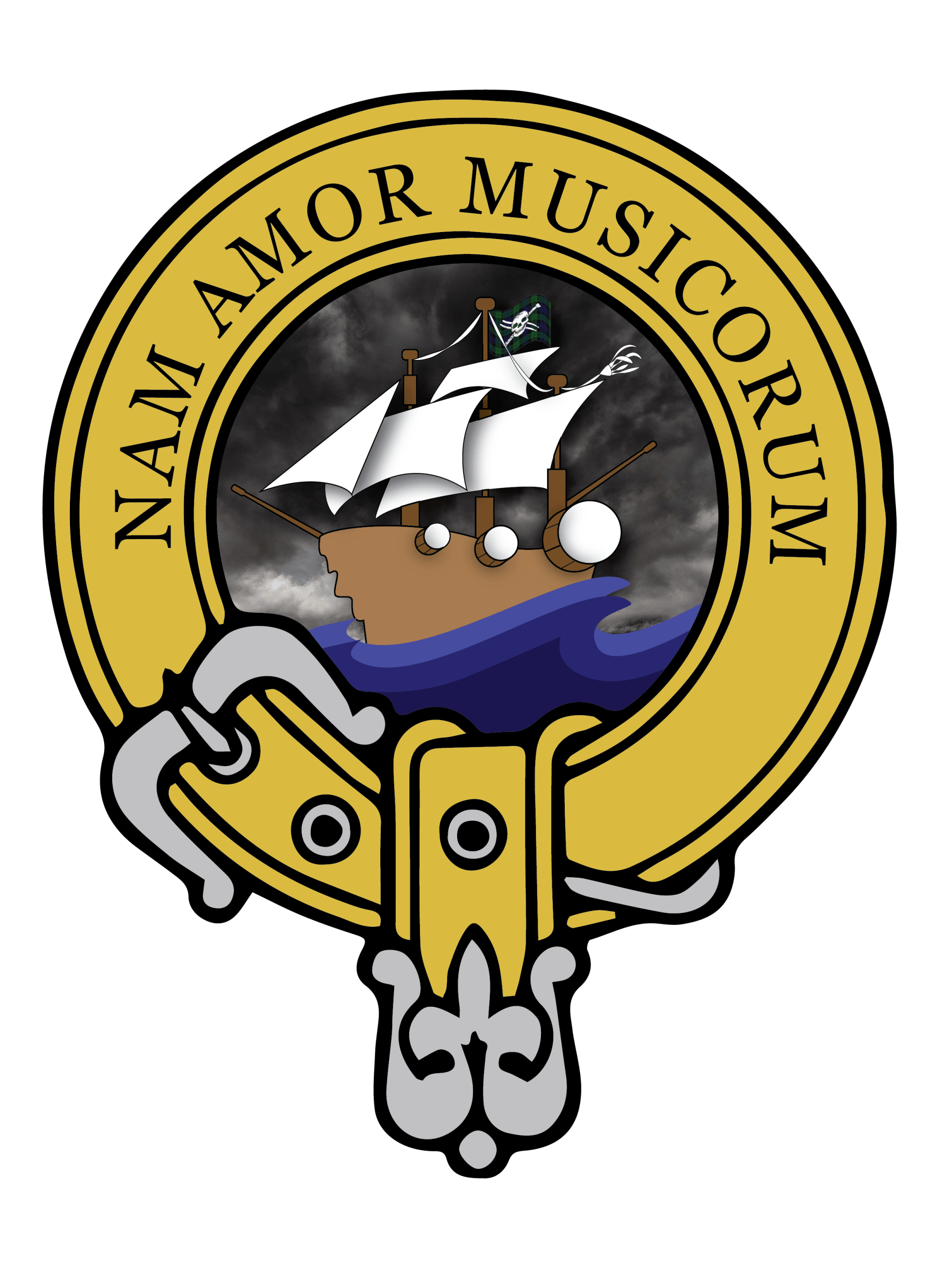History of the Bagpipe
The Great Highland Bagpipe (Scottish Gaelic: a' phìob mhòr; often abbreviated GHB in English) is a type of bagpipe native to Scotland. It has achieved widespread recognition through its usage in the British military and in pipe bands throughout the world.
The bagpipe is first attested in Scotland around 1400 AD, having previously appeared in European artwork in Spain in the 13th century. The earliest references to bagpipes in Scotland are in a military context, and it is in that context that the Great Highland Bagpipe became established in the British military and achieved the widespread prominence it enjoys today, whereas other bagpipe traditions throughout Europe, ranging from Portugal to Russia, almost universally went into decline by the late 19th and early 20th centuries.
Though widely famous for its role in military and civilian pipe bands, the Great Highland Bagpipe is also used for a solo virtuosic style called piobaireachd, a.k.a. pibroch.
Though popular belief sets varying dates for the introduction of bagpipes to Scotland, concrete evidence is limited until approximately the 15th century. The Clan Menzies still owns a remnant of a set of bagpipes said to have been carried at the Battle of Bannockburn in 1314, though the veracity of this claim is debated.[1] There are many ancient legends and stories about bagpipes which were passed down through minstrels and oral tradition, whose origins are now lost. However, textual evidence for Scottish bagpipes is more definite in 1396, when records of the Battle of the North Inch of Perth reference "warpipes" being carried into battle.[2] These references may be considered evidence as to the existence of particularly Scottish bagpipes, but evidence of a form peculiar to the Highlands appears in a poem written in 1598 (and later published in The Complaynt of Scotland which refers to several types of pipe, including the Highland: "On hieland pipes, Scotte and Hybernicke / Let heir be shraichs of deadlie clarions."[3]
In 1746, after the forces loyal to the Hanoverian government had defeated the Jacobites in the Battle of Culloden, King George II attempted to assimilate the Highlands into Great Britain by weakening Gaelic culture and the Scottish clan system,[4] though claims that the Act of Proscription 1746 banned the Highland bagpipes are not substantiated by the text itself. It was soon realised that Highlanders made excellent troops and a number of regiments were raised from the Highlands over the second half of the eighteenth century. Although the early history of pipers within these regiments is not well documented, there is evidence that these regiments had pipers at an early stage and there are numerous accounts of pipers playing into battle during the 19th century, a practice which continued into World War I when it was abandoned due to the high casualty rate (though incidents of pipers playing into battle have occurred since).
This information is taken from an article which can be found in wikipedia. http://en.wikipedia.org/wiki/Great_Highland_Bagpipe
The bagpipe is first attested in Scotland around 1400 AD, having previously appeared in European artwork in Spain in the 13th century. The earliest references to bagpipes in Scotland are in a military context, and it is in that context that the Great Highland Bagpipe became established in the British military and achieved the widespread prominence it enjoys today, whereas other bagpipe traditions throughout Europe, ranging from Portugal to Russia, almost universally went into decline by the late 19th and early 20th centuries.
Though widely famous for its role in military and civilian pipe bands, the Great Highland Bagpipe is also used for a solo virtuosic style called piobaireachd, a.k.a. pibroch.
Though popular belief sets varying dates for the introduction of bagpipes to Scotland, concrete evidence is limited until approximately the 15th century. The Clan Menzies still owns a remnant of a set of bagpipes said to have been carried at the Battle of Bannockburn in 1314, though the veracity of this claim is debated.[1] There are many ancient legends and stories about bagpipes which were passed down through minstrels and oral tradition, whose origins are now lost. However, textual evidence for Scottish bagpipes is more definite in 1396, when records of the Battle of the North Inch of Perth reference "warpipes" being carried into battle.[2] These references may be considered evidence as to the existence of particularly Scottish bagpipes, but evidence of a form peculiar to the Highlands appears in a poem written in 1598 (and later published in The Complaynt of Scotland which refers to several types of pipe, including the Highland: "On hieland pipes, Scotte and Hybernicke / Let heir be shraichs of deadlie clarions."[3]
In 1746, after the forces loyal to the Hanoverian government had defeated the Jacobites in the Battle of Culloden, King George II attempted to assimilate the Highlands into Great Britain by weakening Gaelic culture and the Scottish clan system,[4] though claims that the Act of Proscription 1746 banned the Highland bagpipes are not substantiated by the text itself. It was soon realised that Highlanders made excellent troops and a number of regiments were raised from the Highlands over the second half of the eighteenth century. Although the early history of pipers within these regiments is not well documented, there is evidence that these regiments had pipers at an early stage and there are numerous accounts of pipers playing into battle during the 19th century, a practice which continued into World War I when it was abandoned due to the high casualty rate (though incidents of pipers playing into battle have occurred since).
This information is taken from an article which can be found in wikipedia. http://en.wikipedia.org/wiki/Great_Highland_Bagpipe
